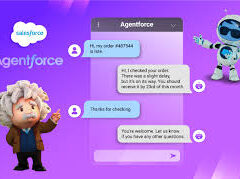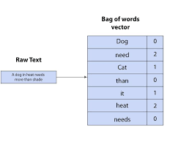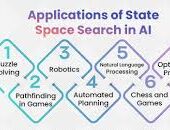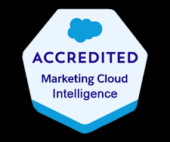Understanding Language Models in AI
Language models are sophisticated AI systems designed to generate natural human language, a task that is far from simple.
These models operate as probabilistic machine learning systems, predicting the likelihood of word sequences to emulate human-like intelligence. In the scientific realm, the focus of language models has been twofold:
- To understand the core nature of intelligence.
- To translate this understanding into meaningful communication with humans.
While today’s cutting-edge AI models in Natural Language Processing (NLP) are impressive, they have not yet fully passed the Turing Test—a benchmark where a machine’s communication is indistinguishable from that of a human.
The Emergence of Language Models
We are approaching this milestone with advancements in Large Language Models (LLMs) and the promising but less discussed Small Language Models (SLMs).
Large Language Models compared to Small Language Models
LLMs like ChatGPT have garnered significant attention due to their ability to handle complex interactions and provide insightful responses. These models distill vast amounts of internet data into concise and relevant information, offering an alternative to traditional search methods.
Conversely, SLMs, such as Mistral 7B, while less flashy, are valuable for specific applications. They typically contain fewer parameters and focus on specialized domains, providing targeted expertise without the broad capabilities of LLMs.
How LLMs Work
- Probabilistic Machine Learning: Language models use mathematical algorithms to predict the most likely sequences of words based on contextual knowledge. This involves learning from large datasets to generate coherent text.
- Transformers and Self-Attention: Modern language models like ChatGPT and BERT use Transformer architectures to convert text into numerical data, weighing the importance of each word in making predictions.
- Pretraining and Fine-Tuning: LLMs are extensively trained on broad data sources and fine-tuned for specific tasks. This process involves:
- Training on domain-specific data
- Adjusting model parameters
- Monitoring and optimizing performance
Comparing LLMs and SLMs
- Size and Complexity: LLMs, such as ChatGPT (GPT-4) with 1.76 trillion parameters, are significantly larger than SLMs like Mistral 7B, which has 7 billion parameters. The difference in size affects training complexity and model architecture.
- Contextual Understanding: LLMs are trained on diverse data sources, allowing them to perform well across various domains. SLMs, however, are specialized for specific areas, offering in-depth knowledge within their chosen field.
- Resource Consumption: Training LLMs requires extensive computational resources, often involving thousands of GPUs. In contrast, SLMs can be run on local machines with a decent GPU, though they still need substantial computing power.
- Bias and Fairness: LLMs may exhibit biases due to the vast and varied nature of their training data. SLMs, trained on more focused datasets, generally have a lower risk of bias.
- Inference Speed: Due to their smaller size, SLMs can deliver faster results on local machines compared to LLMs, which may experience slower inference times with higher user loads.
Choosing the Right Language Model
The decision between LLMs and SLMs depends on your specific needs and available resources. LLMs are well-suited for broad applications like chatbots and customer support. In contrast, SLMs are ideal for specialized tasks in fields such as medicine, law, and finance, where domain-specific knowledge is crucial.
Large and Small Language Models’ Roles
Language models are powerful tools that, depending on their size and focus, can either provide broad capabilities or specialized expertise. Understanding their strengths and limitations helps in selecting the right model for your use case.












